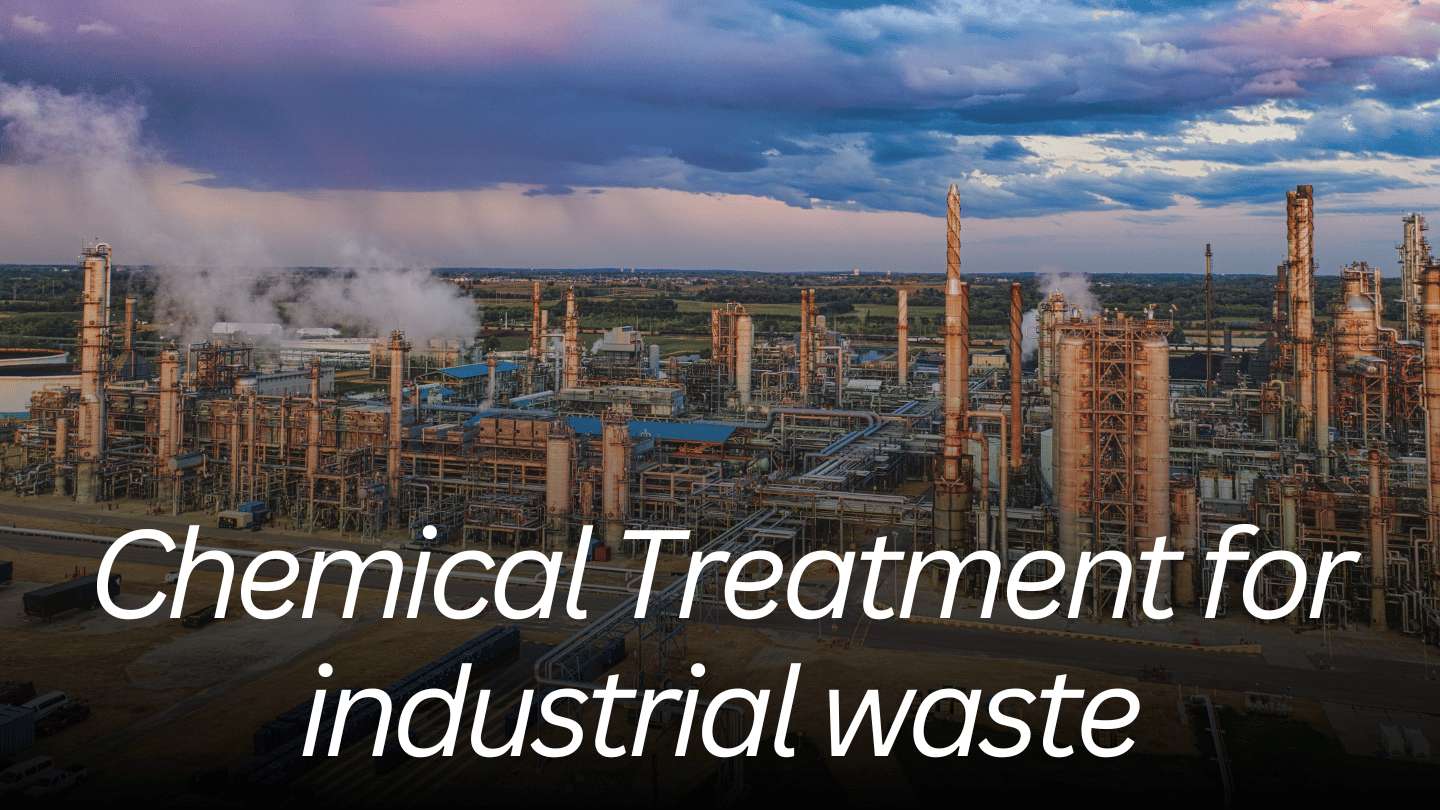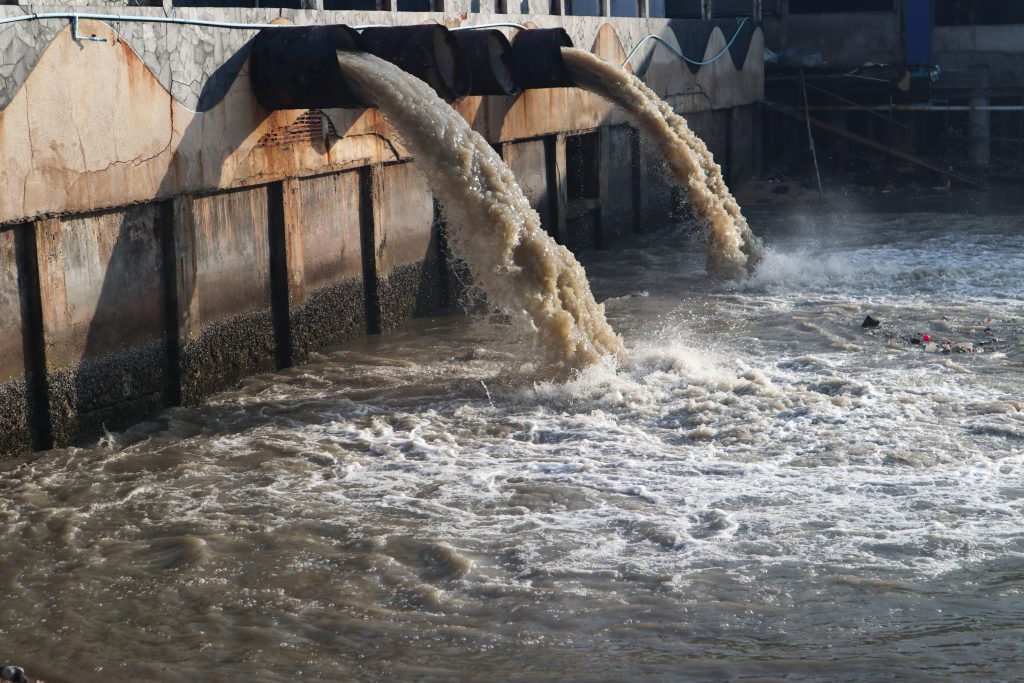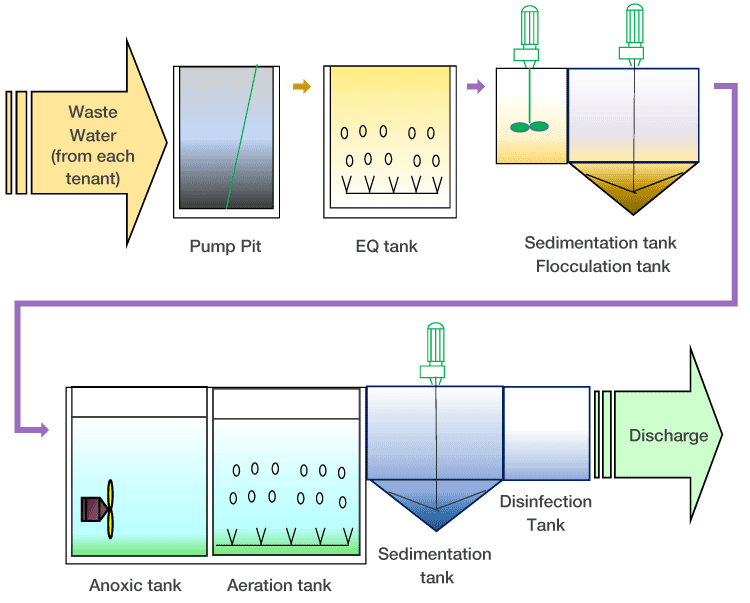Industrial Waste Water Treatment-- Cutting-Edge Technologies for Water Purification
Industrial Waste Water Treatment-- Cutting-Edge Technologies for Water Purification
Blog Article
Advancements and Advancements in Industrial Waste Water Treatment Technologies
The landscape of commercial wastewater therapy is undertaking a transformative shift, driven by technologies that boost both effectiveness and sustainability. As governing standards develop, the assimilation of AI and equipment understanding into wastewater management systems guarantees to enhance procedures and make certain compliance.
Overview of Waste Water Treatment Technologies
Wastewater therapy technologies encompass a range of methods created to remove impurities from industrial effluents prior to their release right into the setting. These technologies are vital for maintaining ecological equilibrium and guaranteeing compliance with environmental policies. The primary groups of wastewater treatment consist of physical, chemical, and biological approaches, each serving distinct objectives based upon the nature of the pollutants present.

Biological treatment methods use bacteria to break down raw material, making them particularly efficient for organic-rich effluents. Techniques like turned on sludge and biofilm reactors harness the all-natural deterioration capabilities of bacteria, causing substantial reductions in biochemical oxygen demand (BODY)
Advanced Purification Strategies
Advanced filtering techniques represent a vital development in the world of industrial wastewater treatment, improving the effectiveness of contaminant elimination procedures. Industrial Waste Water Treatment. These techniques encompass a variety of modern technologies, consisting of microfiltration, ultrafiltration, nanofiltration, and turn around osmosis, which supply sequential obstacles for different fragment sizes and chemical structures
Microfiltration and ultrafiltration utilize membrane layer systems to remove put on hold solids, bacteria, and bigger organic particles, boosting the quality of effluent prior to further treatment. Nanofiltration bridges the gap between ultrafiltration and reverse osmosis, properly removing divalent ions and organic compounds, hence minimizing the load on downstream processes.
Reverse osmosis offers the highest degree of purification by permitting just water and tiny particles to go through its semi-permeable membrane layers, making it perfect for redeeming top quality water from industrial effluents. Recent improvements in membrane innovation, consisting of the development of more fouling-resistant and long lasting materials, have actually substantially boosted functional performance and lowered prices.
Including these innovative purification techniques not just enhances the general therapy procedure but also contributes to sustainability efforts by making it possible for water reuse and resource healing in industrial settings. (Industrial Waste Water Treatment)
Organic Treatment Innovations

Moreover, explanation the development of crafted organic systems, such as membrane layer bioreactors (MBRs), combines organic treatment with advanced membrane layer filtering. This integration permits higher effluent top quality and minimized footprint, making it suitable for space-constrained industrial centers. Innovations in genetically crafted microorganisms have additionally emerged, boosting the biodegradation of details pollutants, such as pharmaceuticals and heavy metals, that are typically testing to eliminate.
Additionally, the implementation of bioaugmentation approaches, where valuable microorganisms are presented to improve the existing organic treatment procedures, has shown promising lead to improving treatment efficiency. These innovations jointly indicate a fad towards even more reliable and sustainable organic treatment methods that can adjust to the progressing complexities of industrial wastewater streams. As industries remain to prioritize ecological compliance, these biological technologies will play an important role in wastewater management.

Source Recovery Techniques
In commercial settings, the assimilation of source healing techniques has come to be progressively important for boosting sustainability and decreasing waste. These techniques focus on removing beneficial materials and power from wastewater streams, thereby transforming potential contaminants into reusable resources.
One popular method is nutrition recovery, where nitrogen and phosphorus, commonly present over in wastewater, are captured and transformed into fertilizers. This not only reduces ecological impacts however likewise supplies a round economic climate remedy for farming applications. Additionally, technologies such as anaerobic digestion permit the conversion of organic waste into biogas, a renewable resource source that can offset fossil fuel usage in commercial operations.
Additionally, progressed purification and membrane innovations promote the recuperation of industrial by-products such as salts and metals. These recovered materials can be rehabilitated into manufacturing processes, lowering the requirement for virgin sources.
Future Patterns in Waste Water Administration
As sectors increasingly focus on sustainability, the future of wastewater special info administration is readied to undertake substantial improvements. Technical advancements, such as expert system and device discovering, will certainly make it possible for much more efficient monitoring and management of wastewater systems. These modern technologies can forecast maintenance requirements, enhance treatment processes, and improve decision-making, eventually reducing operational costs and ecological influence.
Additionally, the combination of circular economy concepts will certainly play a crucial function in wastewater monitoring. Industries are expected to shift in the direction of systems that not only treat wastewater yet additionally recuperate valuable resources, such as nutrients, water, and power. This transition will certainly minimize waste and advertise the reuse of materials, straightening with worldwide sustainability goals.
Emerging treatment strategies, such as membrane layer bioreactors and advanced oxidation procedures, will certainly additionally improve the performance of wastewater therapy, enabling better effluents appropriate for reuse. Additionally, governing frameworks are most likely to advance, emphasizing stricter standards for wastewater discharge and encouraging sectors to take on ingenious treatment services.
Final Thought
In conclusion, the advancement of commercial wastewater treatment modern technologies shows a considerable change in the direction of improved performance and sustainability (Industrial Waste Water Treatment). Advancements in advanced filtering strategies, biological treatments, and source recovery techniques highlight the industry's dedication to environmental stewardship.
The landscape of industrial wastewater treatment is undergoing a transformative shift, driven by innovations that boost both efficiency and sustainability.Wastewater treatment modern technologies encompass a variety of approaches designed to remove pollutants from commercial effluents prior to their release into the setting.Using the power of organic procedures has actually led to considerable innovations in the therapy of industrial wastewater.Additionally, the implementation of bioaugmentation approaches, where beneficial germs are presented to Go Here improve the existing organic treatment procedures, has revealed encouraging outcomes in improving treatment performance. These innovations jointly symbolize a trend towards even more reliable and sustainable organic treatment methodologies that can adjust to the advancing intricacies of industrial wastewater streams.
Report this page